Perform Back Score
Conditions for the emergence of poetics
A way of life
Perform Back Score was a proposal for the block Jan/April 2015 of the post masters a.pass (advanced performance and scenography studies) in Brussels. The program is based on 4 months blocks throughout the year, each of them concentrating on specific curatorial proposals concerned with contemporary art practices, the present socioeconomic paradigm and the role of education.
As associate program curator for the first four months of 2014, 2015 and 2016 my focus was and is on how systems of interaction in the arts contribute to the production (process? creation?) of knowledge, first of all in the educational context and consequently, in my belief, in other social environments. I take these systems as scores that, when followed rigorously, demand the implication of individual engagement and resources in a much needed share-ability within a system of production and observation.
In the act of giving attention to one’s own work, to the other’s work but also to the group and its context, the ecological and social aspects of art making are reflected and expanded. The inter-subjective bound takes place beyond the art works and practices themselves but in the act of paying attention, of observing and being observed.
In 2014 I proposed in this same context a score for dialogue through writing titled “Writing Scores” where the participants were invited to meet weekly for a Q&A format practice where writing was the tool to deepen the observation of one’s own work methodologies and interests as well as the development of writing itself. This score allowed for valuable understanding of the individual and collective practices and stressed writing as a working tool for collaboration. For this time the focus was on performance as a discursive practice.
PBScore
PBScore is a score based on performance as a form of dialogue. For each session each participant presented a maximum 5 minutes long performance that were showed one after the other without interruption in our weekly meetings. While assisting in each other’s performances, participants took notes and from those notes key words were pronounced to start a discussion about our impressions. At the end of each session participants selected to whom they wanted to reply to the week after and
in between sessions, a report was written based on the keywords and the conversation that followed. The 9 sessions took place once a week between January and March 2015.
The score participant in each performance exposed his /her own semantics, by constructing a response to another participant, activating a critical standpoint that in its turn become the object of critical observation. The players, by accepting the pre-established rules agreed to play the game that excluded them from daily routine and brought them to a concrete situation limited in time and space. This specific score was dealing simultaneously with the exclusion from daily life or personal practice and the inclusion in a situation of dialogue through singular aesthetics. The participants instead of relating to material that they select through their interests and methodology had instead to relate to material that came from the other participants, bringing them to relate in ways that were not their usual approach. The overall format of presentation was also not a familiar one, even though it had the condition of a stage. A small area formed by mobile walls created a room in a room, a video camera was standing outside the space in the centre, the other participants stood behind the camera unless it was assigned other wise by the performer.
The same situation re-started the following week at point zero again. The number and the mood of the players changed each time we re-started allowing for radical exposure and deep critic. The week after, the players could have been others, the response to ones previous performance could have not been present ... By playing the score there was the acceptance of inconsistency, of moving in blurry waters, of taking care of the space in between.What kind of attention is given when one spends some time reflecting and trying to respond carefully to another's aesthetic proposal?
There is a strong political stand point on the giving of time, of taking the other seriously, on paying attention to someone or something that might and most probably will not give you anything concrete back, apart from the sustainability of dialogue indispensable for practicing being alive, being human.
The score as partner that speaks back /
Performance as feedback study
The first impulse to make such a proposal came from my desire to make art speak through its own practice. I wanted to confront discourse to other forms of language, in this case performance and its discursive potential. Not in a linear, brick by brick, way of constructing meaning, but in an assemblage of atemporal experiences. The performances replied the previous performance creating another time space relationship with the questions that were originated. The meaning was build by bubbles that had affinities between them and these bubbles created a rhyzomatic structure of thought and experience.
I’m very interested in the idea of emphasising method as a collaborator that makes visible and foregrounds the dialogue between several elements and layers of the art works. When we take the structure of a project as an active collaborator by making its conditions operational and visible, we engage in the observation of those conditions on the work itself, revealing their intrinsic potential for communication, sharing and learning. PBScore intention is to invite the structure to be a partner of reflection, encapsulating the work in restrictions (like time, spacial area, technical tools where all limited) but forcing it to spill over when manipulated, crafted and exposed to others. The score as a structure allowed to set up the rules of the game and generate a dynamic of encounters that were the container for the performance experiences.
In other words, by proposing an observation standpoint, a frame to look through, the score reflects at the same time the event itself and our individual and collective relation towards it.
In the case of PBScore, the co-habitation of the performances, the observation lens (score), the subjects and the time we shared, were all partakers in the action of learning and constituted the conditions for the emergence of meaning and its share-ability.
For example some of the participants decided to work with a same material during the 9 sessions making the material work on its flexibility, adaptability to the other and therefor discovering situations that would not have come by themselves. In these cases the score worked as a lens, amplifying the potential of the material itself and shifting our attention as witnesses into the potential inherent to the material. Others worked more intuitively, choosing on element of the performance they had to reply to, and transforming it, giving it another meaning, deviating it from it’s first sense, discovering in this case what catches the eye. Others functioned was translators of performances and in other cases a subject as the ‘hand’ became topic for a long sequence of proposals and responses.
Obviously not all these responses worked as we wanted. Many questions appeared towards the sense one could make out of it. In some cases they worked critically, other times as negations, or as empathy.
Laboratory/observatory
As an laboratory/observatory this process raised some questions: What do we do when we are responding to each other? What criteria do we use to select what to respond to? Critical thought? The affect towards another? Philosophical stand points? Political correctness? Desire?
PBScore wanted to isolate responses in time and space in order to observe and reflect on dialogical mechanisms between the object of observation and the observer, between the one who answers and the one who listens. The process of this observation was individual and private in a first instance to then became individual and collective in the moment of sharing with the other members of the group. The weekly meetings and the time for reflection and constructing responses had quite different qualities in the process of the score. On the one hand the in-between periods in which each participant had the other in mind, living together in a way, with the proposal s/he had to reply to, and on the other hand the exposure of each participant in the collective weekly moments. These two divergent poles of activity combined the subjective agency of the participants with the social agencies created by the context of a.pass.
These intimacy and ‘extimacy’ moments elaborated on the process of learning not just as an individual practice depending on each person’s singular perception, but extending it to social and collective environment. In this case the environment of the post-master participants in performance and scenography studies with a focus on self-education and collaboration. My interest at this point was to practice the construction of art (knowledge) through exposure, share-ability and critical endeavour in a context of plural aesthetics.
What happens when one has to engage with the work of another when at first instance there is no affinity? What happens if there is a void, an incapacity of response? Or the other way around, what happens when the work of another seems to speak a very close language?
The interest was not in creating a common standpoint for our different perceptual conditions and reflections on the performance objects that we were part of, but in creating an environment where those conditions and reflections could co-exist and be exchanged, allowing for critical observation, empathy, accidental correspondences, nothing, etc.
More than in a place for common understanding, we created an experimental surface for communication in artistic research where one could observe one’s own strategies but also the ones of others, all of them contributing in a singular engagement within a group of obviously heterogeneous beings forming a plurality.
I mean by this that the multi focal lens of this score / tool is an apparatus for the co-habitation of different aspects of the being together, becoming a mirror of the situation itself. A mirror for the sociability implied in art making.
These aspect was also enhanced by some performances that asked for the participation of all people present, breaking the separation between the performance and the audience and engaging in another form of socialisation. But big contrasts happened when the next performance was a dance solo exposing the fact of being traversed by vital forces or a video piece with historical concerns on the notion of display, having in both cases a classical relation between the performance and the audience.
PBScore comes from my desire to use performance practice in the service of dialogical contexts such as schools, art laboratories, performative encounters or any other environment in which the study of art, perception and knowledge processes is at stake. It's a learning-by-doing tool that pays attention to attention, that wants to go beyond the production of art and wants to engage in the production of life through artistic practice. Is that possible?
I’m interested in a ‘practice the practice’ tool that sustains the learning by experience and supports the development of our relations towards the world through our concerns about the practice itself. A way to get closer, to look deeper, and at the end a way to experience present and presence. A way to re-actualise ourselves through the politics inherent in such systems of awareness, collaboration and responsibility.
Theatre
I would like to make an analogy to the theatre apparatus where the performers and the audience use the physical, social and political conditions of that environment as indicators of a way of looking and that frame the aesthetic experience.
The theatre is an observatory per excellence but maybe one that is a bit too well-known. I don't think the audience presupposes anymore that everyone that sees a performance at the same time would have the same kind of interaction with it. But I want to insist exactly in that point, and to try to not pre-suppose but to be there, regardless of a strong drive in actual politics for standardisation. I’m looking here at the physical theatre and at performance (in all its forms) as places/spaces of diversity and difference which propose a way of thinking the arts as a perceptual apparatus provoking singular relations between the individual, the collective and the political.
And with this is mind my attention at this point goes to the question: What happens when the theatre also allows for forms of non-representation, for states of presence that enhance our sociability, our criticality, our life processing capacities? There is a lot to say about this and many works lately have been developed under this question from the academic realm to the social field. In the case of PBScore the art maker and the spectator were part of the same group, alternating positions and being knowledgeable of both sides, augmenting exactly the capacity of the feedback machine that art can be but also making from each of the participants a producer and dissolving the idea of audience.
The PBScore is an individual learning tool in a collective environment not searching for a conclusion but for a way of working together as neighbours, as important feedbackers, as engaged partners, as critical colleagues, as potential opponents in a process of orientation towards something, towards the communication of perceptual knowledge, towards the political in art making.
Score as ecosystem
As an interface for communication the score allows for the emergence of different voices like ghosts haunting the sensible acknowledgement of knowledge, process and concepts of art. Each participant had the same conditions to draw intentions, design orientations, make statements, have fun, take a piss, etc…, through performance practice. The scored created a force surface for the exposure of multiple existences. But what maintained the desire to come back next week? Was it the responsibility towards the other? The curiosity for the next response? The will to belong to a group? The drive of performing?
PBScore as a horizontal structure brought about the responsibility of the ones involved as far as they wanted to be involved. It’s a structure that sustained and renewed itself on the basis of the participants and their presence. Like in any ecosystem, the species that constitute it, are the creators and instigators of the development of the ecosystem itself, their interaction constitutes its sustainability. Interestingly enough, the positions of each participant were not stable and none of them represented a fixed part of the ecosystem, but rather all of them were mutating pieces of a puzzle that constructed itself on the go. Mutual opportunism and generosity are two sides of the same coin, like a parasitic system without aim, living for the sake of living while deepening the understanding of that specific life.
This experience brings to the fore a complex number of elements that are inherent to a way of feeling/thinking. It reveals a universe of interrelations between the chosen elements, forming forces of speech and the sensible that contain political perspectives and ideological concerns. Both aesthetics and ethics are intertwined in a concise moment of exposure and attention. Justification is out of the game and rather observation and the 'being with it' are the rules through which feeling and opinion appear. Every participant is a centre with a culture, a history, a socioeconomic reality, a philosophical attitude creating therefor a poli-centered temporary community. In my opinion PBScore enhanced being plural and different as fundamentals of an ecosystem where each of the participants has a voice, where there's no obligation, where the ecosystem can't exist beyond the presence and engagement of who is part of it but exists on the tension of the plural.
It makes me want to write down some formats that were at stake with this group of people. From dream oracles exposed through dance, an historical fiction figure revealed through lecture performance format, trans-gender being re-actualised through documentary and live transformation, pornography in internet as a result of internet research, self becoming though the extreme use of theatre apparatus (lights, costumes, seduction, etc), the concept of the angel creating the availability to receive/ become and much more.
Empathetic, disruptive, enthusiastic, doubtful or convinced forces were 'performing' each time without dominating in an absolute fashion the ecosystem. This experimental format functioned as a study about aesthetics and co-existence in the performing arts, it developed special awareness about ways of thinking, composing, sharing and engaging with a group. It gave focus to the performer, the performance space and the context where it takes place as a micro environment where the language is performance, image, text, sound, action, painting or dance…
Flexible community without aim
This horizontal structure implied a flexible community. A temporary, always different group of people, formed and unformed around the weekly meetings. This score allowed for the building of a temporary community that established relations between its members and developed the sense of the doing. Performance became the time we spent together, a language spoken within this community. The system built means for communication and created the conditions for the emergence of poetics like vessels, bones, particles, all in movement. The ‘messages’ circulated through those vessels, inciting exchange and therefor producing change as a ‘natural’ consequence.
The temporality aspect of the event and therefor of the community are very important. The score is performed in time, when it’s happening, allowing everyone to work with the present conditions and not aim for ideal circumstances, a idealised future, or for the definition of a stale identity. Following this thought, the system can’t be understood as a goal but as a medium taking care that the ephemeral quality of this particular process produces a vulnerable attitude towards the experience of art. It’s enhancing the desire to exchange and share worlds through practice and is not aiming to get to conclusions. If the system becomes an aim itself , it will just reproduce what we already know incapacitating the playing as revelatory practice. It is a process and it exists in the process of just doing it. But why just do it?
Here, I would like to make a parallel between a practice like yoga or dance or a reading group for example, happening in a collective environment, and the need for sociability that brings together the individual and the collective. These gatherings set ups are learning together tools based in attention and observation. The knowledge acquired doesn’t serve anything else the vitality of knowledge itself, allowing all participants to learn through the other. These social environments are like battery centres that inform forms of life sustained by sociability itself. The process of socialisation (spending time together) is endless and is pregnant, as there is the potential for the dissolution of duality between me and the other as fixed territories, the desire to become many /one. Like in a house of mirrors, PBScore was a device to the reflection and refracting of one’s one image, opening up ways of seeing, feeling and thinking the self though the other.
The contamination of the one by the other was one of the ‘technics’ that appeared through out the score in different fashions. I remember one day someone we didn’t know presenting himself as someone that was already part of the score group and playing her role. Or the physical transformation someone into another, becoming then 2 participants which we never knew who would come to play.
On the presence of the body
One of the strongest rules of the PBScore is that one can not participate remotely. The presence of the body was absolutely necessary to play and witness the process of dialogue through performance in this score. As I could observe in the Writing Score proposed in 2014 the fact of gathering weekly to read the individual writings and continue the 'game' always in the presence and gaze of the others, created a specific dynamics through the rhythm of the encounters.
The collective agreement to meet weekly created a ritualised social time/ space where alliances were built. This way a group of people created an extra - everyday rhythm where we could question and celebrate our practices.
One of the conditions of the performing arts relies on the presence of the performers and of the audience, on the act of exchange between both parties which dissolves once the performance is over. But also on the act of memory that is activated at the precise same moment the performance disappeared and which is followed by the action of re-telling or re-processing what has happened. The intimate experience of witnessing resonates in parallel with the distance it requires to process it afterwards, both these factors are indeed of major importance in the study of performance as a critical tool. Digesting the other is of major importance for a becoming of the social body, for the possibility of a future not yet known.
The continuous necessity of presence and distance, of the communal and the individual spaces are the necessary conditions to unravel sense(s), the relation(s) that take place, the conditions for the emergence of directions, orientations or inclinations towards what is to come. Considering these thoughts PBScore was proposing performance as rumour, as the re-telling of what has happened in one’s own gestures and gesticulations in order to re-actualise the dialogue constantly.
To be able to participate one needs the public and the private, the institution (the score in this case in the frame of a.pass) and the intimate. PBScore was an invitation to all participants to come back to the place of the crime. An invitation to re-read and re-write presences, to unfold the stories created by the gatherings, to reformulate what remains and transforms in memory and sets the ground for the present to be.
Every moment is unique, this time is not like the next time, what I think and feel now in this situation will not be the same in another situation. I am here and I am processing and contributing consciously and unconsciously, together and alone, deliberately or not, to what is happening, etc. Performing arts create a ritual of presences, create a contract of attention and response between all parties. Something is unfolding and we all are part of it, we all think it, feel it, share it, though no one owns it and no one is the same. What a beautiful state to be in!
Documentation
This publication contains reflections about what happened in those three months. The film documentation that was used through out the score will not be used in a public realm. All the videos were data to come back to one’s own performance or the performance of another in order to reply. The use of the video camera delimitated a space of action that also functioned as another rule of the score. I remember someone performing in darkness, or doing nothing or bringing the other participants to the camera field as ways to deal with the paradoxical situation of being filmed in this context. I don’t think the camera was at the end of much use, even though for some people the concrete material became material to construct upon.
Another insert in this publication are the 9 reports, 8 written by myself and 1 by Philippine Hoegen that follow up the content that came about after each session.
What is more striking to me is the fact that there is rather an afterthought built in linear language, creating an history in contrast to an absence of poetics that were all there was to experience. Maybe there’s exactly where lays the potential of performance.
Something to think about!
Lilia Mestre



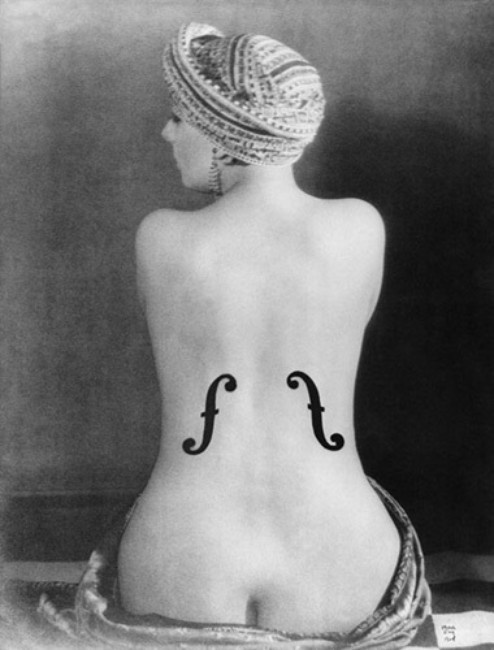


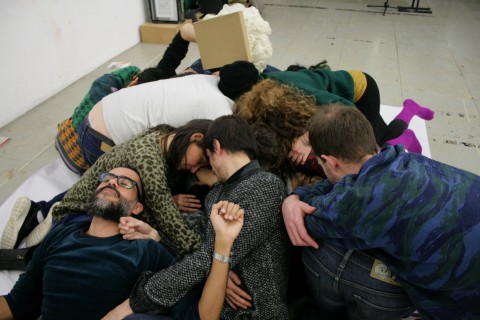
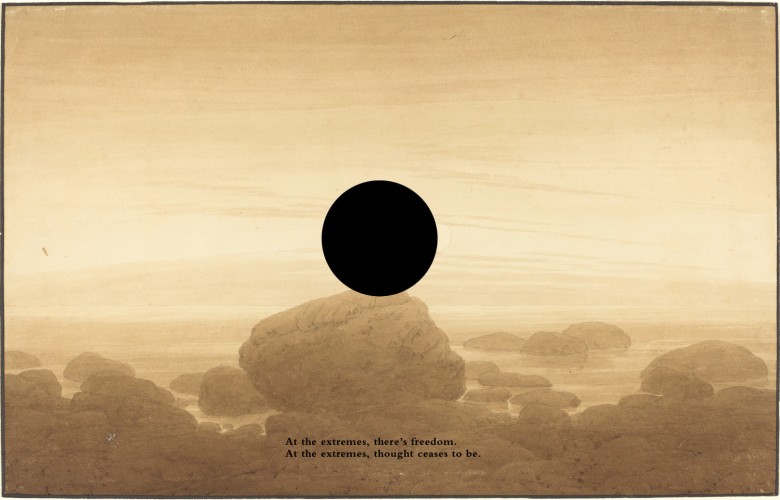
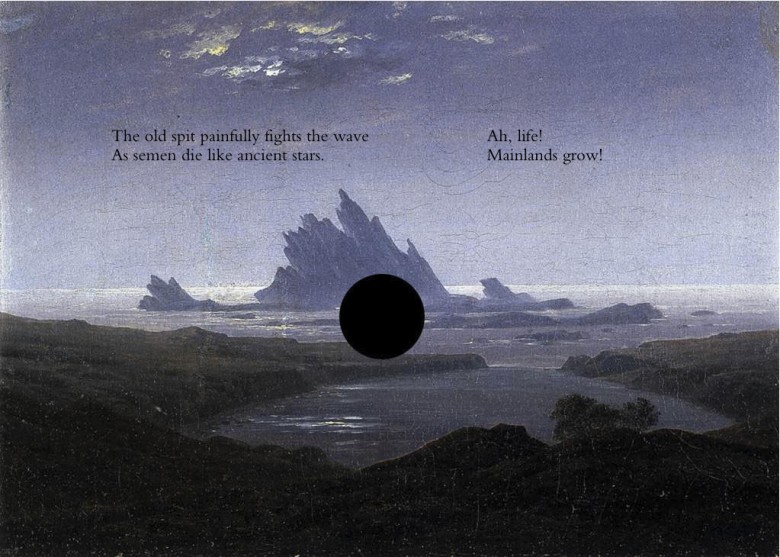
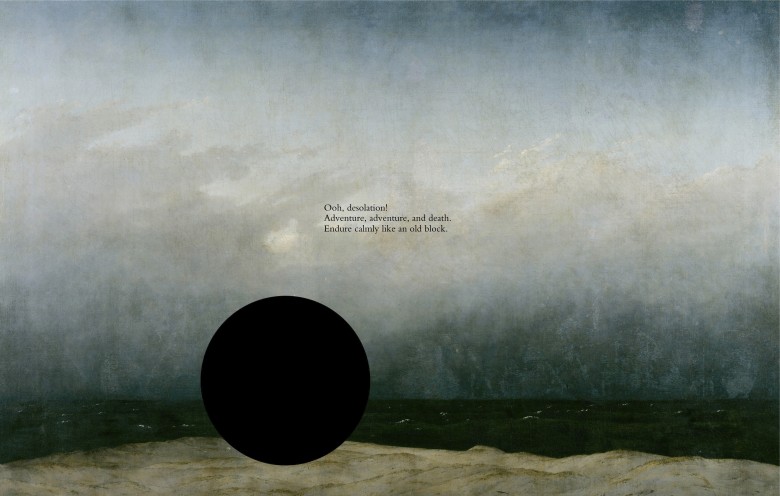




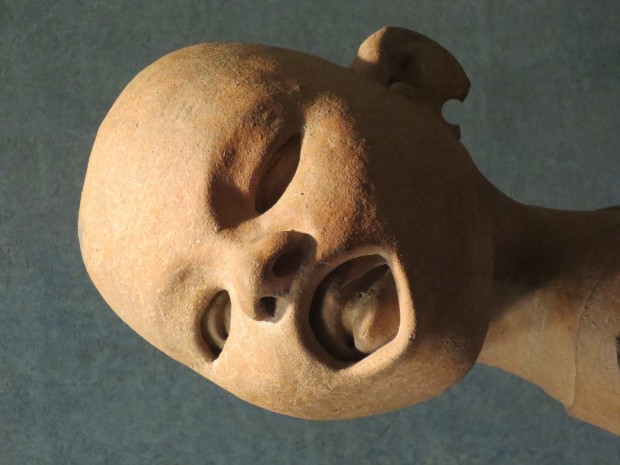
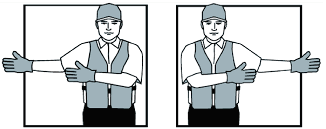

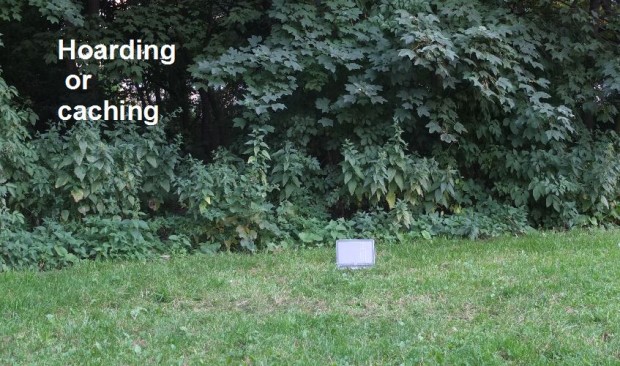
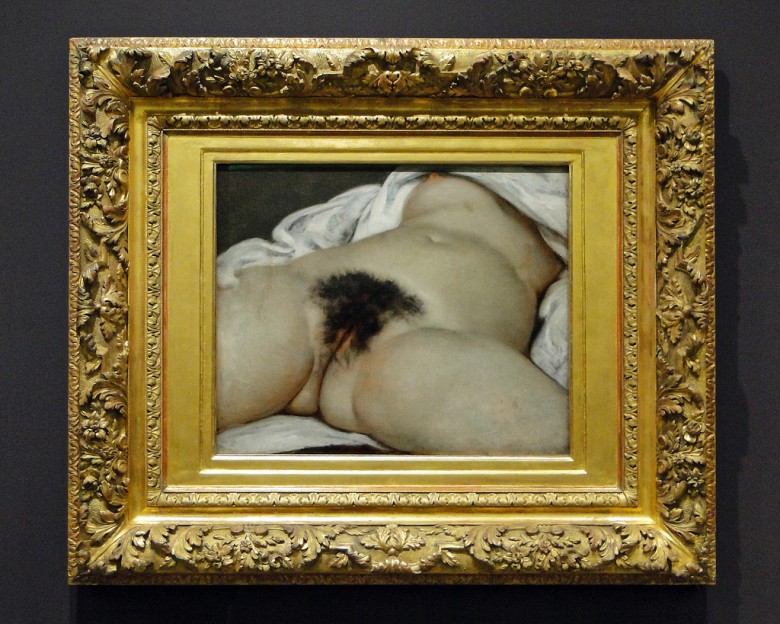


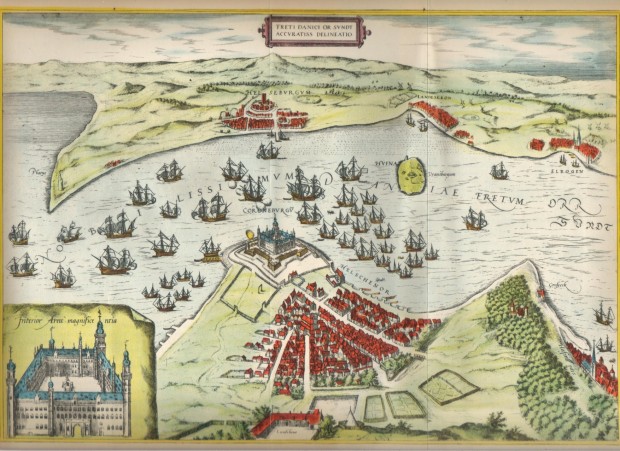
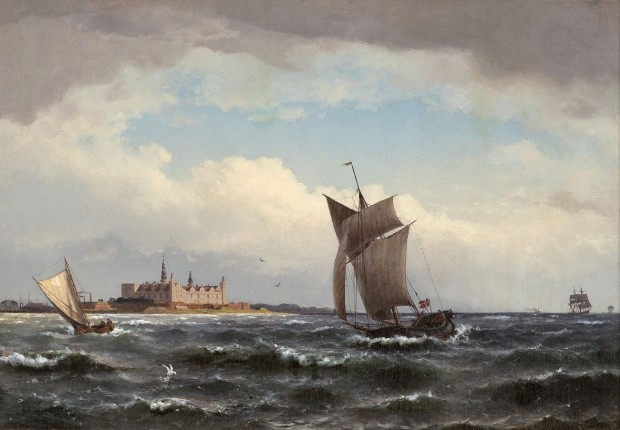

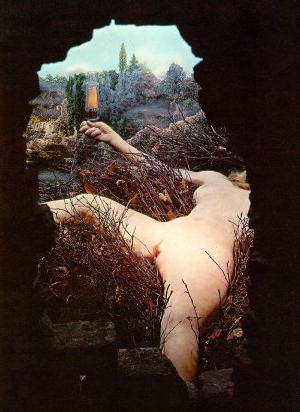
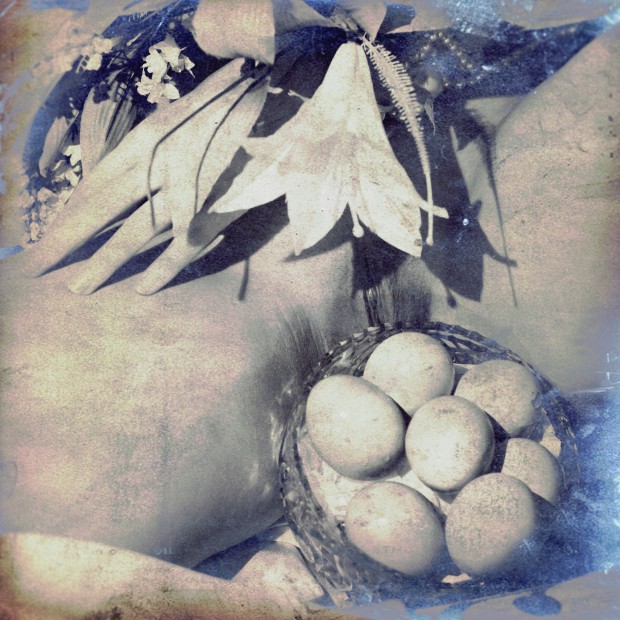


 who was acting as a channel between the dead and their relatives and friends in a seance-type situation. What interested me most about the text was the position of 1st person that you took, first as the medium describing how the person died , then becoming the dead person and speaking their words. By embodying their voices it seemed to me that they and you shared multiple realities- The reality of the context created by the medium, the reality of the voice that was being embodied, and the reality of your narration of these voices. It seems that the boundaries of our bodies are permeable and we can be possessed by a voice or voices. But this leads me to question the solidity of everything and what is the territory of a person or thing and their boundaries and is there a common space where all these things are stored. This all reminded me of Rupert Sheldrake’s theory of Morphic Resonance and the idea of a common pool of memories and knowledge. This theory sees the body and the mind not as centres (which can be possessed) but more as decoders, descrambler, receivers of information, information which is held in a common pool/cloud/sphere.
who was acting as a channel between the dead and their relatives and friends in a seance-type situation. What interested me most about the text was the position of 1st person that you took, first as the medium describing how the person died , then becoming the dead person and speaking their words. By embodying their voices it seemed to me that they and you shared multiple realities- The reality of the context created by the medium, the reality of the voice that was being embodied, and the reality of your narration of these voices. It seems that the boundaries of our bodies are permeable and we can be possessed by a voice or voices. But this leads me to question the solidity of everything and what is the territory of a person or thing and their boundaries and is there a common space where all these things are stored. This all reminded me of Rupert Sheldrake’s theory of Morphic Resonance and the idea of a common pool of memories and knowledge. This theory sees the body and the mind not as centres (which can be possessed) but more as decoders, descrambler, receivers of information, information which is held in a common pool/cloud/sphere.